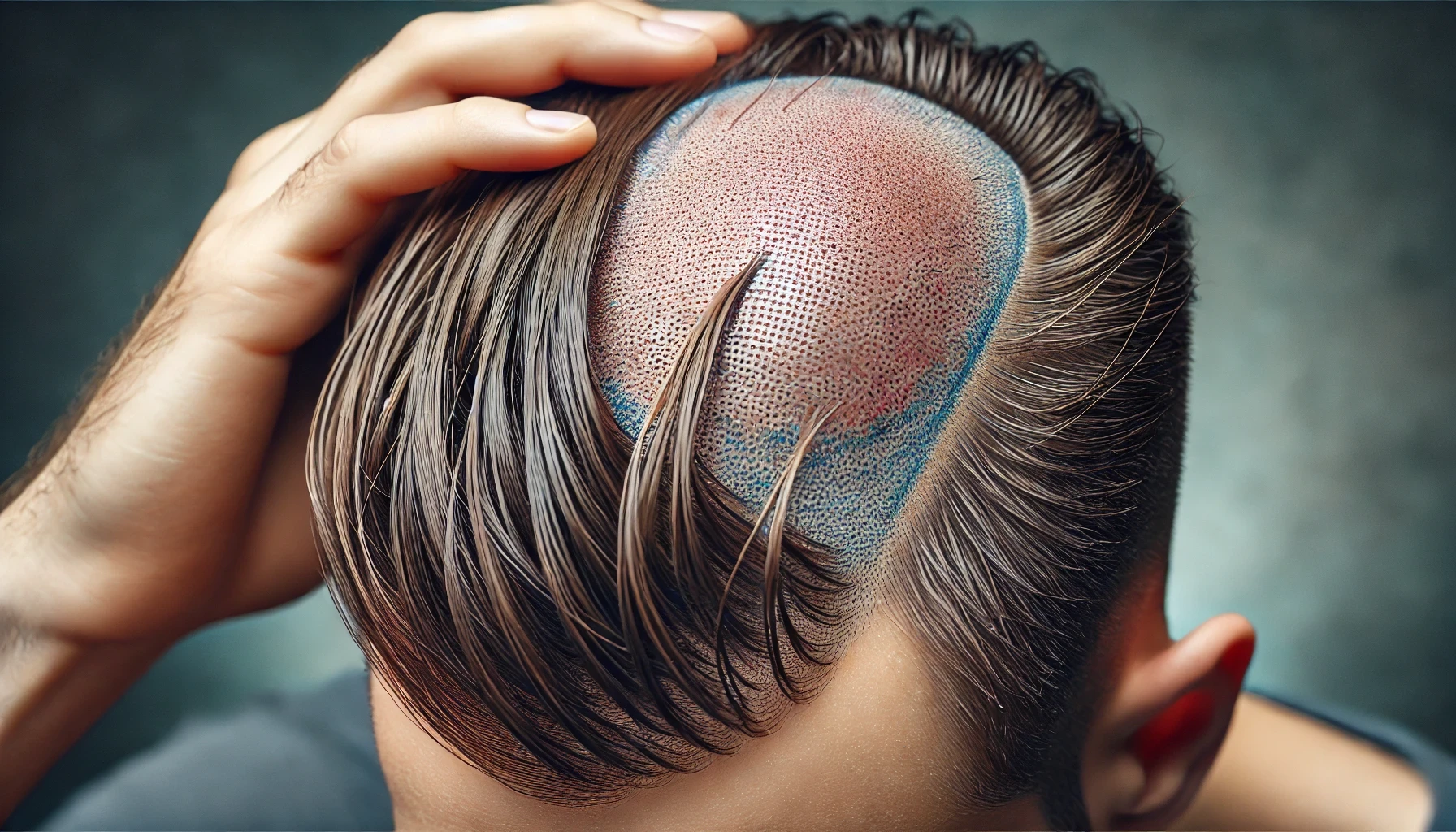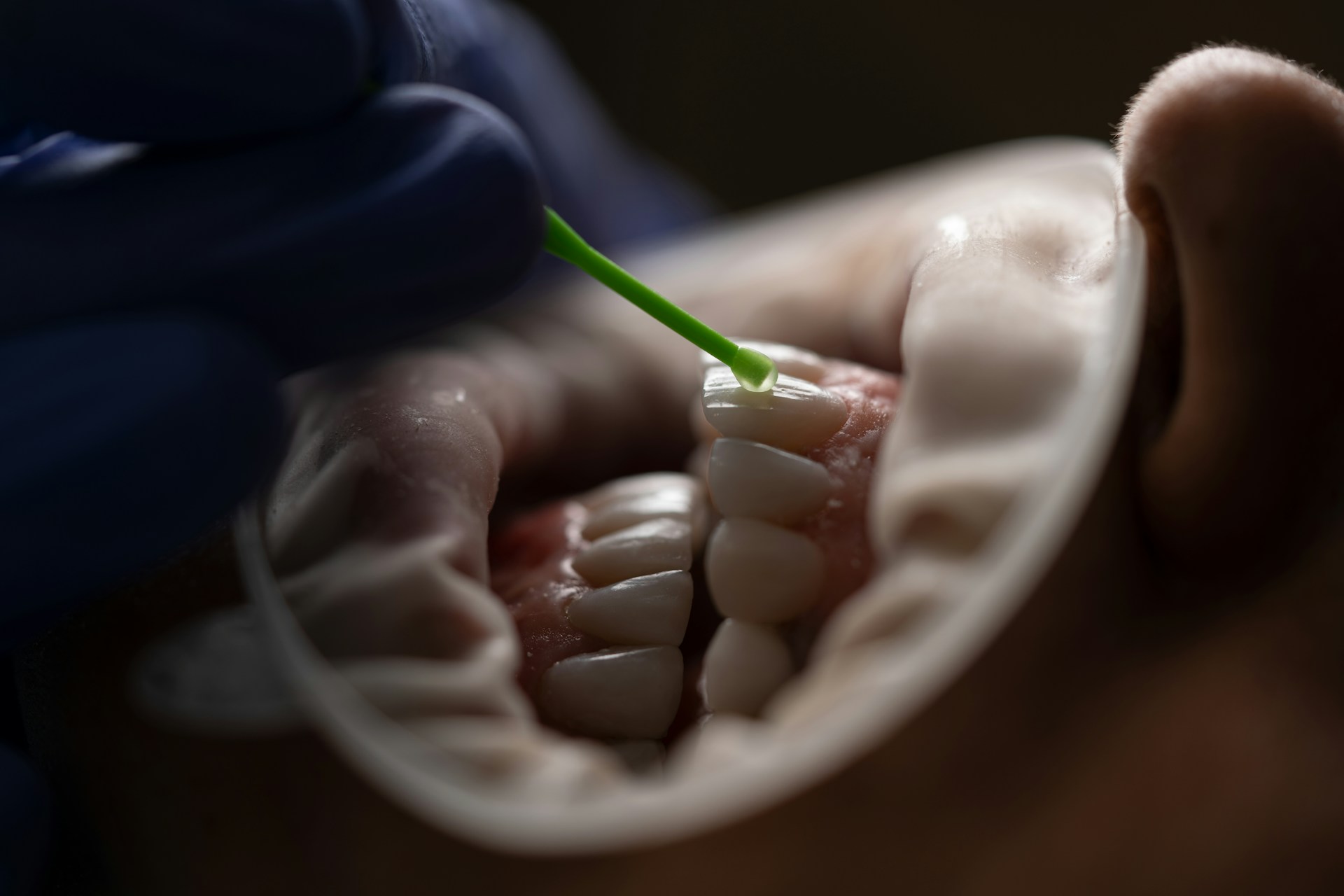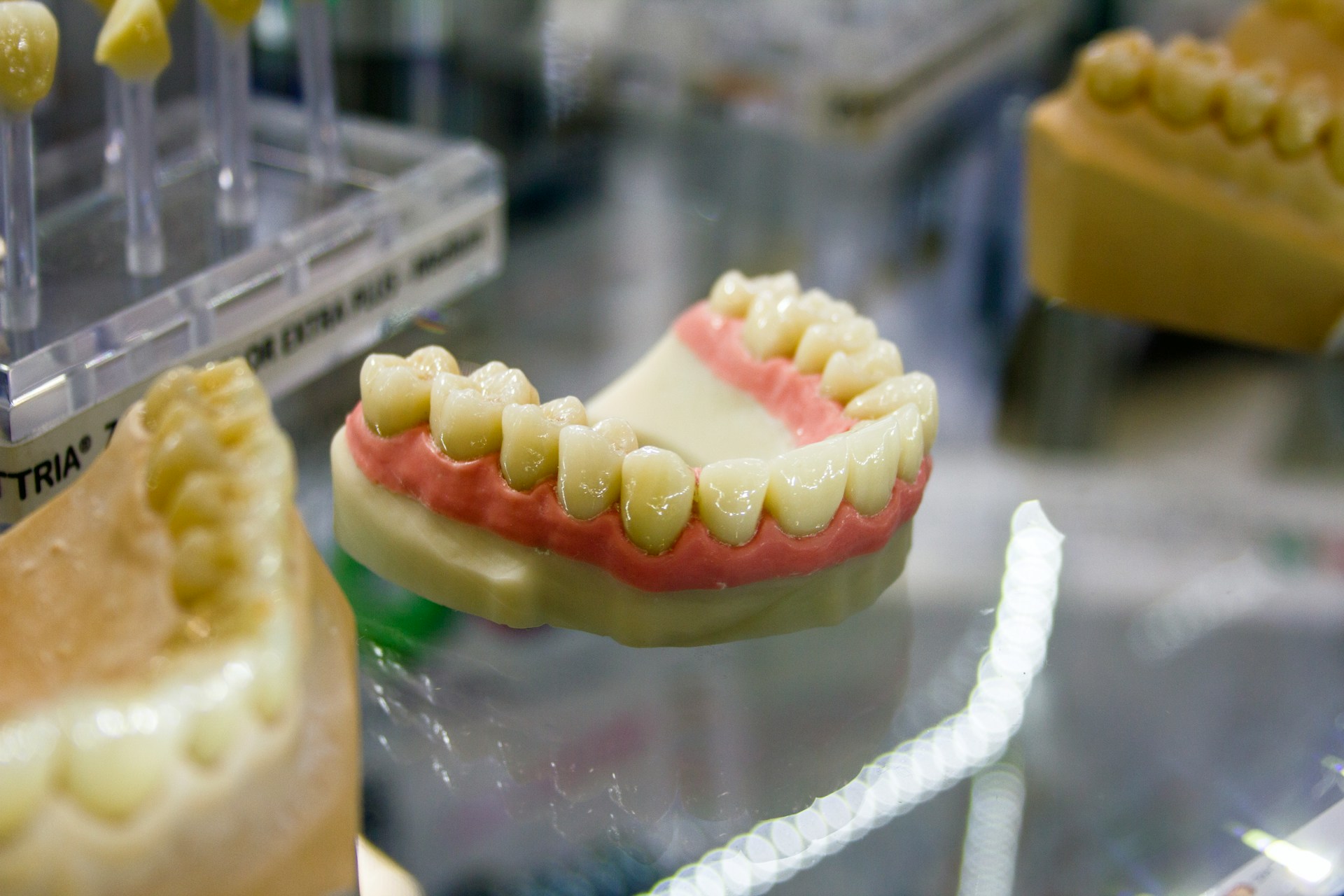If you are considering a hair transplant, it is essential to understand the details of the procedure. This article delves into everything from the basics of what a hair transplant involves to the various types available, including FUE, FUT, and DHI. Wondering how much do hair transplants cost in the UK? We break down the pricing and factors that influence the overall cost. We also examine whether insurance may cover the procedure, offer guidance on selecting the right clinic, and help you prepare for your journey toward fuller hair.
Embarking on a hair transplant journey in the UK is an investment in both your appearance and confidence, but it’s natural to wonder about the financial commitment involved. The cost of hair restoration in Britain can be as diverse as the rolling landscapes of the countryside, typically ranging from £2,000 to a princely sum of £15,000.
But don’t let these figures make your hair stand on end just yet! The price tag isn’t arbitrary; it’s a reflection of the intricate artistry and advanced medical expertise required to create a natural, lasting result. Factors such as the extent of your hair loss, the type of procedure, and even your hair texture all play a role in determining the final cost.
For instance, restoring a receding hairline might set you back £3,000 to £5,000, while a more extensive transformation could reach £8,000 or more. The good news? Many clinics offer flexible payment plans, making it possible to spread the cost over time – because let’s face it, regaining your crowning glory shouldn’t have to break the bank.
And for the savvy shopper, some Brits are even combining their hair restoration with a European getaway, taking advantage of lower-priced clinics in countries like Hungary. Whatever path you choose, remember: investing in yourself is always money well spent.
Whether you are just beginning to explore your options or are ready to take the next step, this guide will provide the information you need.
What Is a Hair Transplant?

A hair transplant is a surgical procedure aimed at addressing hair loss, which is especially common among those experiencing baldness or alopecia.
This innovative technique works by relocating hair follicles from a donor area to the thinning or balding parts of the scalp. The result is a restored natural hairline and improved hair density.
With ongoing advancements in hair transplant technology, the success rate for achieving desirable aesthetic outcomes has significantly increased. This makes it a practical solution for many individuals seeking to combat hair loss.
What Are the Different Types of Hair Transplants?
Hair transplants are available in a variety of techniques, each designed to address different types of hair loss and meet the unique needs of patients.
Among the most common methods are:
- Follicular Unit Extraction (FUE)
- Follicular Unit Transplantation (FUT)
- Direct Hair Implantation (DHI)
Each of these procedures has its own approach to extracting and implanting hair follicles, and ongoing advancements in technology are continually enhancing their effectiveness and recovery times.
By understanding the different types of hair transplants, patients can make informed decisions about the most suitable option for their hair loss treatment.
1. FUE Hair Transplant
Follicular Unit Extraction (FUE) is a minimally invasive hair transplant procedure that involves the careful harvesting of individual hair follicles from the donor area, typically located at the back of the scalp, and implanting them into areas experiencing thinning or baldness.
This technique is often preferred due to its reduced recovery time and minimal scarring, which contributes to a more natural-looking hairline. Many patients choose FUE for its effectiveness in achieving a higher density of hair and the flexibility it offers in customising the number of grafts.
The extraction process starts with the administration of local anaesthesia to ensure the patient’s comfort throughout the procedure. Using a specialised tool, the surgeon extracts individual grafts, which contain one to four hair follicles, while minimising trauma to the scalp.
One of the notable advantages of FUE is its ability to yield dense, natural results without leaving visible linear scars, making it an attractive option for individuals who prefer shorter hairstyles.
Recovery time is generally swift, with most patients resuming their normal activities within a few days. Full results typically become evident within several months, contributing to high levels of patient satisfaction with the overall aesthetic outcome.
2. FUT Hair Transplant
Follicular Unit Transplantation (FUT) is a well-established surgical technique for hair restoration. It involves the removal of a strip of skin from the donor area, which is then carefully dissected into individual grafts for transplantation.
While this method may result in a linear scar, it allows for a larger number of grafts to be harvested in a single session, making it an appealing option for patients who require extensive coverage. Many individuals find the FUT technique effective because it can yield a high number of grafts during one procedure.
The process is typically performed under local anaesthesia, which helps ensure minimal discomfort for the patient while hair transplant specialists meticulously extract and prepare the grafts. A significant advantage of this technique is its efficiency in harvesting a substantial quantity of hair follicles, which can be especially beneficial for those experiencing advanced hair loss.
However, potential disadvantages include the visible scar left in the donor area, which may be a concern for individuals who prefer shorter hairstyles. Recovery time usually ranges from a few days to about a week, during which patients are advised to follow specific post-operative care instructions to promote healing and optimise results.
Ultimately, many individuals enjoy impressive long-term outcomes, with natural-looking hair restoration lasting for years.
3. DHI Hair Transplant
Direct Hair Implantation (DHI) is an advanced hair transplant method that streamlines the extraction and implantation processes into one cohesive procedure. Unlike traditional techniques, DHI employs a specialised tool that facilitates the direct implantation of hair follicles into the recipient area. This approach minimises trauma and promotes optimal growth. It is particularly well-suited for patients seeking precise placement and natural-looking results, ultimately enhancing overall hair density.
What truly distinguishes DHI from more conventional methods is its unique single-step process, which can often involve multiple stages and may result in longer recovery times and less satisfactory outcomes. With DHI, practitioners gain a higher level of control over the angle, direction, and depth of each follicle, leading to a more aesthetically pleasing appearance.
Additionally, the reduced invasiveness of this technique encourages quicker healing and significantly less post-operative discomfort. Patients who opt for this method frequently report high levels of satisfaction, enjoying not only improved hair restoration but also a boost in their confidence following the procedure.
How Much Do Hair Transplants Cost in the UK?

The cost of hair transplants in the UK can vary significantly based on several factors, such as the type of procedure, the number of grafts required, and the clinic’s reputation.
On average, individuals can expect to pay between £1,000 and £30,000 for a hair transplant. Prices are often influenced by the clinic’s location and the expertise of the hair transplant specialists involved.
Many clinics offer financing options, which can make it easier for those seeking hair restoration solutions to manage the costs without facing the pressure of substantial upfront expenses.
1. Factors That Affect the Cost of Hair Transplants
Several factors can significantly influence the cost of hair transplants, such as the consultation process, the number of grafts needed, and the geographical location and reputation of the clinic. Generally, clinics that hold better accreditation and receive positive patient reviews tend to charge higher rates, as they often utilise advanced technology and possess greater expertise in hair restoration.
It is also important for patients to be aware of any hidden costs associated with the procedure, including necessary follow-up treatments.
The consultation process is particularly pivotal, as it helps to determine the specific needs of each individual, which in turn influences the number of grafts required and the total cost of the procedure. Additionally, geographical variation plays a significant role in pricing; for instance, clinics located in urban areas often incur higher overhead costs, leading to increased prices. The reputation of the clinic, reinforced by positive testimonials from patients, can also affect pricing, as well-established clinics tend to offer higher quality services.
It is essential for potential candidates to conduct thorough research on these factors to make informed decisions and fully understand how different elements can impact the overall financial commitment associated with a hair transplant.
2. Average Cost of Hair Transplants in the UK
The average cost of a hair transplant in the UK varies considerably, typically ranging from £1,500 to £5,000 for basic procedures. More complex cases that require a larger number of grafts can exceed £10,000.
Some clinics that offer competitive pricing may include additional services, such as post-operative care and follow-up consultations, which can enhance overall patient satisfaction.
For individuals considering this procedure, it is crucial to conduct thorough research and compare different clinics. Pricing can be influenced by several factors, including the clinic’s reputation, the experience of the medical staff, and the technology used during the procedure.
For example, high-end clinics may charge more due to their advanced techniques and state-of-the-art facilities, but they often achieve higher satisfaction rates among patients.
Moreover, financing options are increasingly available, making it easier for patients to manage costs while ensuring they receive high-quality care that is tailored to their specific needs.
3. Additional Costs to Consider
When planning for a hair transplant, it is essential to consider additional costs that extend beyond the initial procedure price. Fees for consultations, post-operative care, and potential financing options can all contribute to the overall expenditure, which may sometimes include hidden costs that patients should be informed about from the outset.
Understanding these factors will help individuals prepare financially for their hair restoration journey.
For example, consultation fees can vary significantly among clinics and are typically charged for the initial evaluation, during which a specialist assesses the candidate’s suitability for the transplant. It is wise to inquire about these costs in advance, as they can add up quickly.
Post-operative care is crucial for optimal healing and managing results, which may involve follow-up appointments and necessary medications. Additionally, patients should explore financing options, which can alleviate the immediate financial burden but often come with interest or hidden fees.
Being transparent about these expenses enables candidates to make informed decisions and avoid unexpected financial strain.
Are Hair Transplants Covered by Insurance?

Hair transplant procedures are typically viewed as cosmetic rather than medically necessary, which often leads to limited or nonexistent insurance coverage. Most insurance plans do not include coverage for hair transplants, leaving patients responsible for the entire cost out of pocket. However, some policies may offer coverage for hair restoration treatments under specific circumstances, such as severe alopecia. Therefore, it is crucial for individuals to verify their eligibility with their insurance providers.
To effectively navigate this complex insurance landscape, patients should take proactive measures, such as reviewing their policy documents for any specific language related to hair restoration services. It is also advisable to engage directly with insurance representatives to fully understand the nuances of their coverage options.
Many patients have found that obtaining a detailed letter from their general practitioner, which outlines the medical necessity of the procedure, can significantly strengthen their claim.
Being aware of the potential costs involved and prepared to provide thorough documentation can help facilitate a smoother claims process. This, in turn, can assist individuals in managing their financial responsibilities related to hair transplants more effectively.
How to Choose a Hair Transplant Clinic?
Selecting the appropriate hair transplant clinic is a crucial decision that can greatly influence your hair restoration outcomes.
Prospective patients should take into account several important factors, such as the clinic’s accreditation, the qualifications of the surgeon, and feedback from previous patients.
Furthermore, having a clear understanding of the consultation process and choosing clinics that emphasise patient education can greatly improve your experience and ensure that you receive the highest quality care.
1. Research the Clinic’s Reputation and Experience
A clinic’s reputation and the expertise of its hair transplant specialists are crucial factors to consider when deciding where to undergo your procedure.
Taking the time to investigate online reviews, before and after photos, and testimonials from previous patients can offer valuable insights into the clinic’s success rates and overall patient satisfaction.
Additionally, exploring independent websites and forums dedicated to hair restoration can unveil unfiltered opinions and discussions regarding the clinic’s practices.
Engaging with former patients through social media platforms or specialised groups provides individuals with firsthand accounts of others’ experiences, enhancing their understanding of the clinic’s strengths and weaknesses.
It is also important to observe how clinics respond to feedback, as this can indicate their commitment to patient care and service quality.
By gathering this information, potential patients can make more informed decisions, ensuring they choose a facility with a solid reputation and skilled specialists.
2. Check Before and After Photos
Examining before and after photographs of previous patients can be an insightful way to assess the effectiveness of a hair transplant clinic’s procedures. These visual testimonials clearly demonstrate the results achieved through various hair restoration techniques, assisting potential patients in setting realistic expectations for their outcomes.
Such images not only highlight the clinic’s expertise but also reflect the diverse results that can arise based on individual hair types and conditions. By reviewing these photographs, prospective patients gain a clearer understanding of what to expect, which is crucial for making informed decisions.
These visuals serve as a connection between the clinic’s promises and the tangible results experienced by former patients, thereby reinforcing trust in the clinic’s capabilities.
Additionally, exploring patient testimonials alongside these photographs can offer further insights into the overall satisfaction and experiences of those who have undergone treatment. This underscores the importance of conducting thorough research before embarking on such a transformative journey.
3. Consider the Doctor’s Qualifications
The qualifications and experience of the doctor performing the hair transplant play a crucial role in the success of the procedure. It is advisable for patients to seek board-certified hair transplant specialists who have undergone extensive training in various surgical techniques and possess a proven track record of successful hair restoration outcomes.
For those considering this transformative treatment, it is essential not only to verify the doctor’s credentials but also to inquire about their specific experience in hair restoration surgery. Surgeons who are members of reputable organisations and have completed additional fellowship training in hair loss and restoration typically demonstrate a higher level of expertise.
Reviewing before-and-after photos of previous patients, along with reading testimonials, can offer valuable insights into the doctor’s proficiency. Additionally, a thorough consultation can reveal the doctor’s understanding of the latest techniques, ensuring a personalised approach that is tailored to individual hair loss patterns.
4. Ask About the Procedure and Aftercare
Before deciding on a hair transplant, it is essential for patients to ask detailed questions about the procedure. This includes inquiring about the techniques that will be used, the expected recovery time, and the aftercare process. Understanding what to expect after the surgery can greatly influence the overall success of the hair restoration and ensure that individuals are well-prepared for their recovery.
It is particularly important to seek information about the specifics of the aftercare regimen, as these guidelines often determine the speed and quality of healing. Patients should ask about any necessary medications to manage discomfort, how to properly care for the scalp, and when they can safely resume activities such as exercise.
Additionally, patients should inquire about potential signs of complications that they need to watch for, as these can affect both aesthetic outcomes and overall health. By actively engaging in their aftercare, individuals not only enhance their recovery time but also improve their chances of achieving the desired results from their hair transplant, ultimately leading to longer-lasting satisfaction with their appearance.
What Are the Risks and Side Effects of Hair Transplants?

Hair transplants, much like any surgical procedure, involve inherent risks and potential side effects that individuals should consider before proceeding with treatment. Common side effects may include swelling, bruising, and temporary hair loss; however, in rare cases, more severe complications can occur.
It is essential for patients to be informed about these risks to make educated decisions and prepare adequately for the recovery process.
Those contemplating this procedure should also be informed about potential complications such as infection, scarring, and results that may appear unnatural. Engaging in comprehensive discussions with healthcare providers is crucial, as patients should feel give the power toed to ask questions and fully understand what to expect before, during, and after the procedure.
By being aware of possible adverse effects, individuals can better manage their expectations and ultimately enhance their satisfaction with the outcome. Additionally, understanding these complications allows patients to recognize any signs of issues that may arise during the healing period, facilitating timely intervention and care.
How to Prepare for a Hair Transplant?
Preparing for a hair transplant involves several important steps that can greatly impact the procedure’s success and the final results. Prospective patients should engage in a comprehensive consultation process to evaluate their medical history and determine their eligibility for the procedure. This ensures they have a clear understanding of what to expect before, during, and after the hair transplant.
During these consultations, it is essential to discuss any previous medical conditions, medications, and allergies. This information allows the medical team to customise their approach to fit the patient’s unique situation. After this review, healthcare providers will help set realistic expectations regarding potential outcomes, recovery timelines, and post-operative care. This information is crucial for helping individuals prepare both mentally and physically for the surgery.
Additionally, patients should carefully follow any advice on lifestyle adjustments and pre-operative instructions. Adhering to these guidelines can optimise results and pave the way for the best possible recovery and hair restoration outcomes.
What to Expect During and After a Hair Transplant?

Understanding what to expect during and after a hair transplant can significantly ease any anxiety and help set realistic expectations for patients. The procedure itself usually lasts several hours, depending on the number of grafts being transplanted. This is followed by a recovery period during which patients need to care for their scalp to ensure optimal healing and hair growth. Having a clear timeline for hair growth can assist individuals in anticipating the results of their hair restoration journey.
During the surgery, local anaesthesia is administered to minimise any discomfort, allowing patients to remain awake and engage in light conversation. Once the procedure is complete, there is an important post-operative phase that typically lasts a few days. During this time, individuals may experience some swelling and mild discomfort, which can be effectively managed with prescribed medications.
In the weeks that follow, shedding of the transplanted hair is expected, which often raises concerns; however, this is a normal part of the growth cycle. Gradually, new hair will start to emerge within three to four months, paving the way for a fuller appearance by the six to twelve-month mark as the final results become visible. Throughout this transformative journey, patience and diligent aftercare play crucial roles.
Frequently Asked Questions
1. How much does a hair transplant typically cost in the UK?
A hair transplant in the UK can range anywhere from £1,000 to £30,000, depending on various factors such as the clinic, location, and type of procedure being performed.
2. What is included in the cost of a hair transplant in the UK?
The cost of a hair transplant in the UK usually includes the consultation, the procedure itself, and any post-operative care. However, it is important to confirm with the clinic beforehand to avoid any unexpected fees.
3. Are there any additional costs associated with a hair transplant in the UK?
In some cases, there may be additional costs such as medication, follow-up appointments, or travel expenses. It is important to discuss these potential costs with the clinic before undergoing the procedure.
4. Does the type of hair transplant affect the cost in the UK?
Yes, the type of hair transplant can significantly impact the cost in the UK. FUE (Follicular Unit Extraction) tends to be more expensive than FUT (Follicular Unit Transplantation) due to the advanced technology and techniques used.
5. Do insurance companies cover the cost of hair transplants in the UK?
Most insurance companies do not cover the cost of hair transplants in the UK as it is considered a cosmetic procedure. However, it is best to check with your insurance provider to see if they offer any coverage or discounts for hair transplants.
6. Are there any financing options available for hair transplants in the UK?
Some clinics may offer financing options for hair transplants in the UK, allowing you to pay for the procedure in manageable installments. It is important to inquire about these options and their terms before making any financial commitments.














